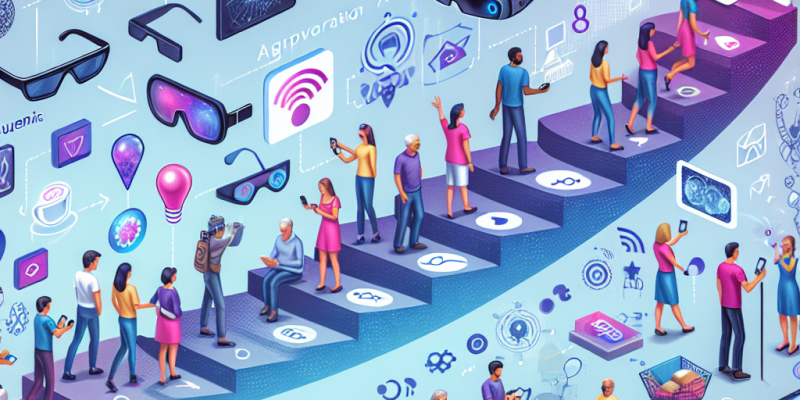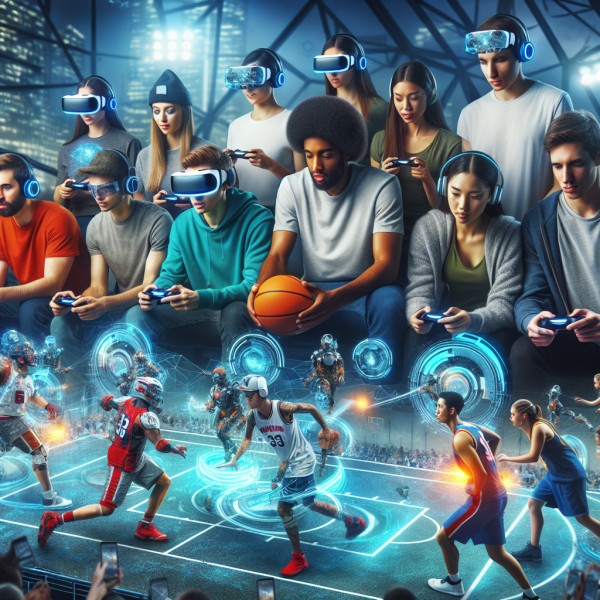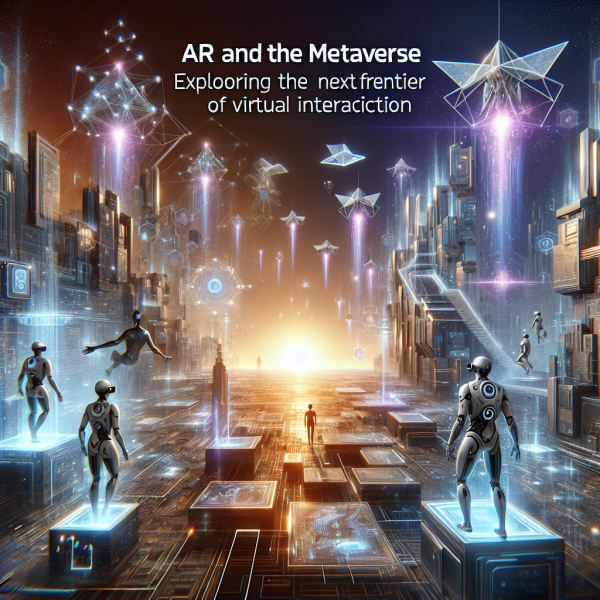From Concept to Reality: The Evolution of AR in Everyday Life

From Concept to Reality: The Evolution of AR in Everyday Life
Augmented Reality (AR) has transitioned from an intriguing concept to a transformative technology that is reshaping our everyday experiences. Once the realm of science fiction, AR is now embedded in various facets of human activity—from entertainment and education to healthcare and retail. This article explores the evolution of AR, its current applications, and the future it promises.
The Genesis of Augmented Reality
The roots of augmented reality can be traced back to the 1960s with computer scientist Ivan Sutherland’s "Sword of Damocles," one of the first head-mounted displays. This rudimentary system laid the groundwork for future developments in AR technology. However, it wasn’t until the 1990s, with advancements in computer graphics and mobile computing, that AR began to show promise for practical applications.
The term "augmented reality" was coined in 1990 by Tom Caudell, a researcher at Boeing, who used it to describe a digital display for visualizing aircraft assembly. As technology progressed, AR gained traction in gaming and military training simulations, but it remained largely confined to specialized fields.
The Turning Point: The Age of Smartphones
The explosion of smartphones in the early 2000s catalyzed the AR revolution. These devices, equipped with cameras, GPS, and powerful processors, provided the perfect platform for AR applications. In 2009, an AR app named "Layar" was released, allowing users to visualize information about their surroundings by pointing their phones at buildings or landmarks. This marked one of the first instances where AR broke into mainstream consciousness.
However, the defining moment for AR came with the launch of Pokémon GO in 2016. This mobile game merged the digital and physical worlds, captivating millions of players worldwide and demonstrating the potential for AR to engage users in unprecedented ways. The game’s success was a significant milestone, proving that AR could create immersive experiences that blend reality and digital content seamlessly.
AR in Everyday Life: Current Applications
Today, augmented reality is finding applications across various sectors, enhancing our day-to-day interactions in profound ways:
-
Retail: AR is revolutionizing the shopping experience. Brands like IKEA have developed apps that allow customers to visualize furniture in their homes before making a purchase. Virtual try-ons, such as those introduced by beauty brands like Sephora, enable customers to see how products look on them without the need for physical samples.
-
Education: AR is transforming the educational landscape by making learning more interactive and engaging. Platforms like Google Expeditions allow students to explore historical sites or various scientific phenomena through immersive AR experiences, enriching the traditional learning model.
-
Healthcare: In medicine, AR assists surgeons by overlaying crucial information onto their field of vision during procedures. Innovative AR applications are also being developed for medical training, allowing students to practice surgery in a simulated environment.
-
Navigation: AR enhances navigation and travel experiences with applications that overlay directions onto real-world views. For example, Google Maps introduced an AR walking directions feature that helps users navigate cities by providing directions through their smartphone’s camera feed.
- Social Media: Platforms like Snapchat and Instagram utilize AR filters to enhance user engagement, allowing users to superimpose fun graphics onto their images and videos. This has become a cultural phenomenon, particularly among younger demographics, demonstrating AR’s power in shaping digital interactions.
The Future of Augmented Reality
As technology continues to evolve, the future of AR looks promising. Advancements in hardware, such as smart glasses and contact lenses, are poised to further integrate AR into our daily lives. Companies like Microsoft, Apple, and Magic Leap are investing heavily in research and development to create more sophisticated AR experiences that are less intrusive yet incredibly enriching.
Moreover, the merging of AR with artificial intelligence is expected to open up new possibilities, enabling more personalized and context-aware interactions. The emergence of 5G technology will also enhance AR capabilities, allowing for faster data processing and richer, more responsive experiences.
Conclusion
From its inception as a niche technology to its current applications in various spheres of life, augmented reality has come a long way. No longer a mere conceptual dream, AR is now a reality that enriches our experiences, enhances learning, and transforms industries. As we embrace this technology’s potential for the future, the lines between the digital and physical worlds will continue to blur, offering exciting and immersive possibilities that were once the realm of imagination. As we move forward, one thing is clear: augmented reality is here to stay, and it will continue to evolve in ways we are only beginning to explore.













